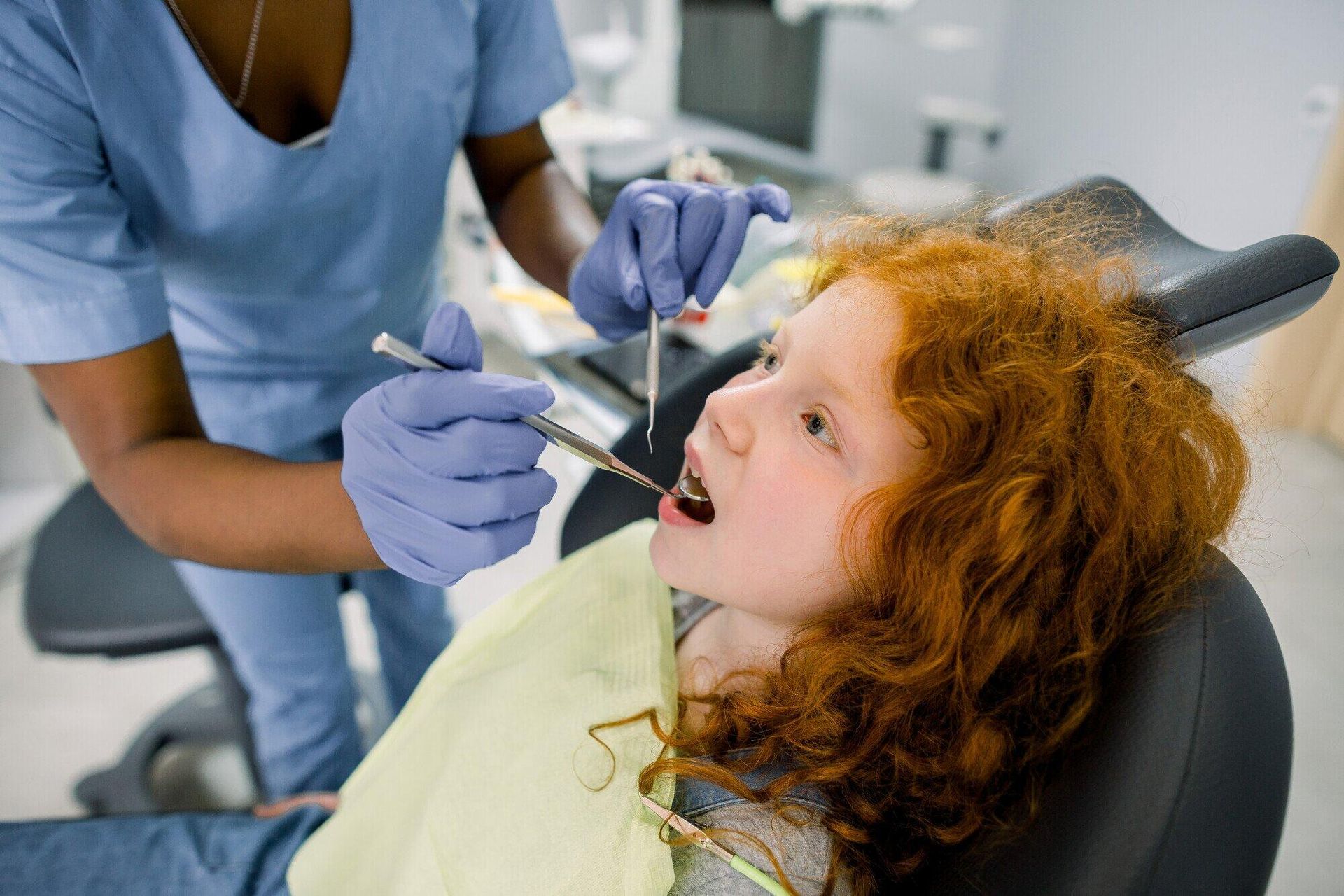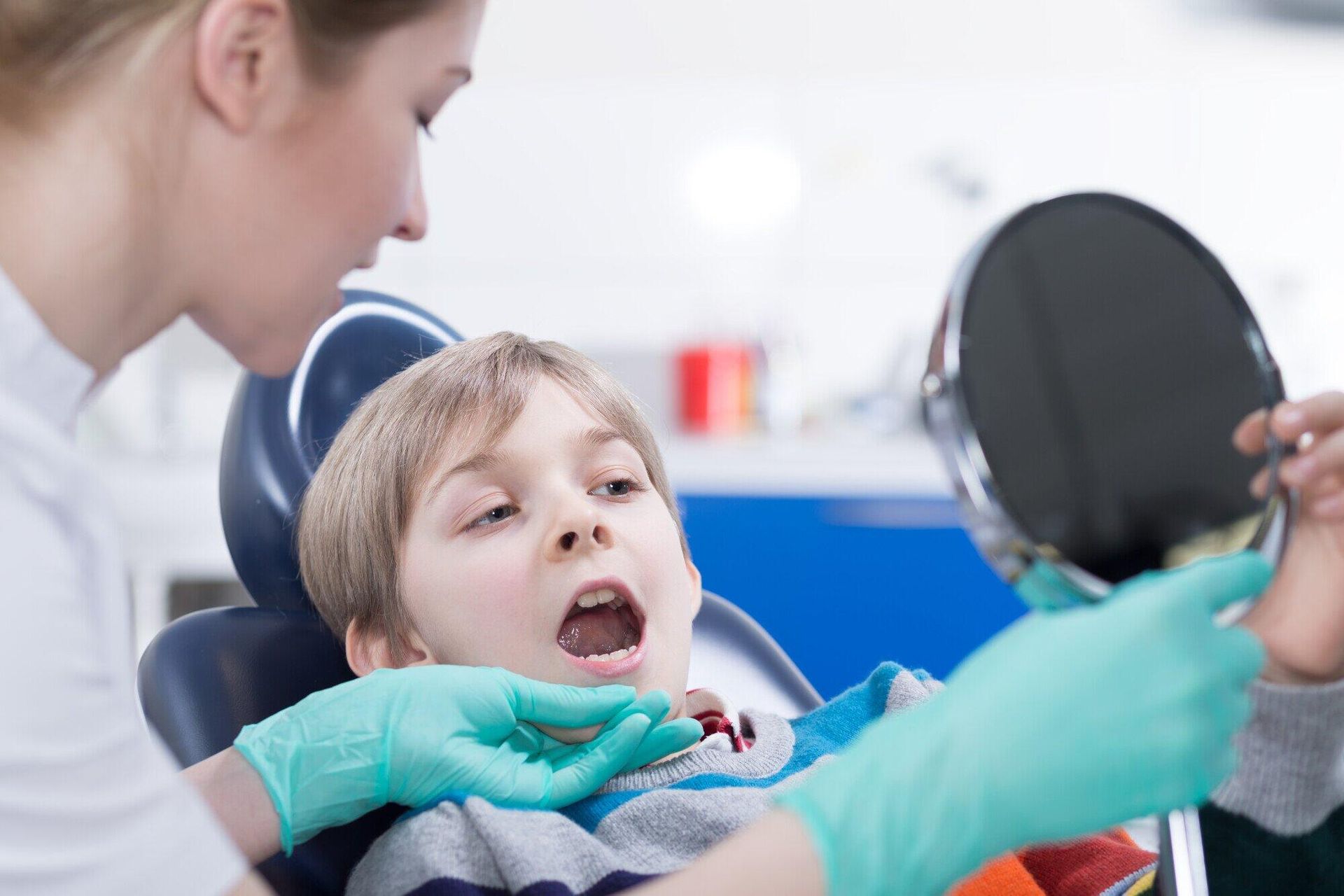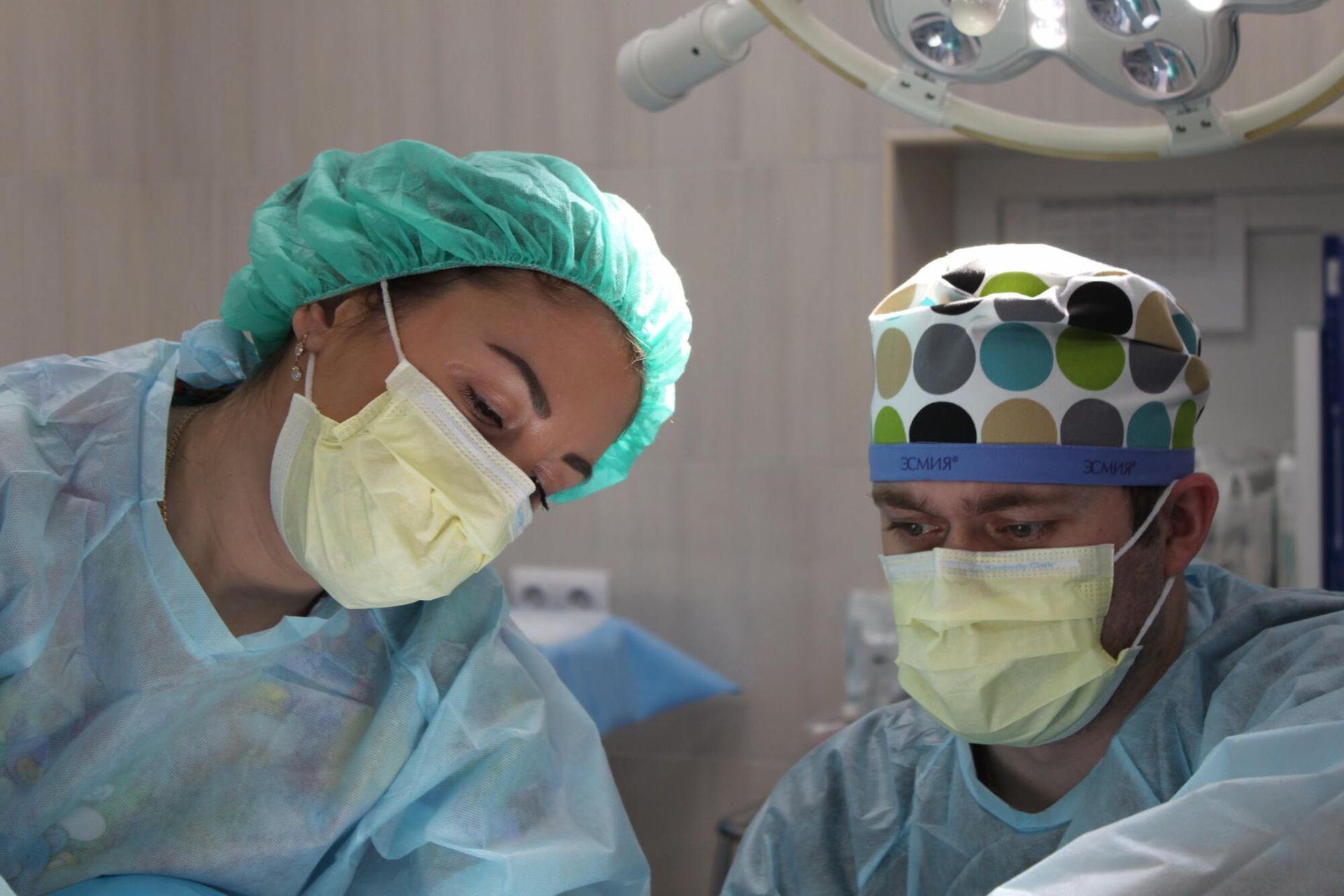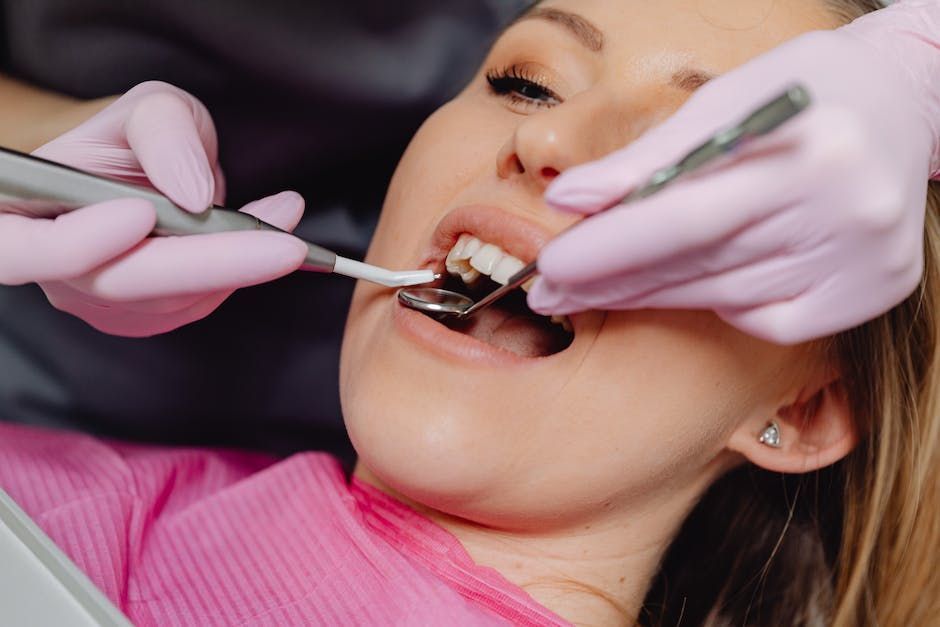Sedation Dentistry for Children: What Are Your Options?
Does your child feel nervous or uneasy about visiting the dentist? For many families, even routine check-ups can feel overwhelming when dental anxiety is involved. That's where pediatric dental sedation steps in; a safe and effective way to help kids feel calm and comfortable during treatment.
Sedation eases fear and reduces stress, making dental visits more manageable. It can also ensure treatments are completed smoothly and without unnecessary delays. Some Benefits of dental sedation for kids include less discomfort, better cooperation, and a more positive view of oral care that lasts into adulthood.
But what are your options, and how safe are they? Let's break down everything you need to know about sedation dentistry for children, so you can feel confident in giving your child a stress-free dental experience.
Common Children's Dental Sedation Methods
Ensuring a child's comfort during dental procedures is crucial for a positive experience. Pediatric dental sedation offers various techniques to help children relax and cooperate during treatments.
Nitrous Oxide Sedation
Often called "laughing gas," nitrous oxide is a mild sedative. The child inhales the gas through a small mask. It helps children feel calm while remaining awake and responsive. The effects wear off quickly after the procedure, allowing kids to resume normal activities promptly.
Oral Sedation
This method involves administering medication in liquid or pill form before the appointment. Oral sedation induces drowsiness, helping children stay relaxed during the procedure. It's suitable for those with moderate anxiety or when multiple treatments are needed.
Intravenous (IV) Sedation
IV sedation delivers medication directly into the bloodstream, providing a deeper level of sedation. It's ideal for extensive procedures or children with severe dental anxiety. The child's vital signs are closely monitored throughout the treatment to ensure safety.
At Dentistry 4 Children, we prioritize your child's comfort and safety by offering these tailored sedation options. Our experienced team will discuss the best approach to meet your child's unique needs.
Nitrous Oxide: A Safe Option for Kids
Helping children feel relaxed during dental procedures is essential to ensuring a positive experience. Pediatric dental sedation with nitrous oxide, commonly known as "laughing gas," is one of the safest and most effective options for young patients. It is widely used in pediatric dentistry to help children remain calm while staying fully awake and responsive.
What Is Nitrous Oxide?
Nitrous oxide is a mild sedative that is inhaled through a small mask placed over the child's nose. It works quickly to create a sense of calm and even euphoria, helping children feel at ease throughout their dental procedure.
- Helps children remain cooperative during treatment
- Wears off quickly, allowing kids to return to normal activities afterward
- Has minimal side effects when administered by trained professionals
Parents love nitrous oxide because it's non-invasive, easy to administer, and ensures their child's comfort without lingering grogginess.
Safety of Nitrous Oxide For Kids
Nitrous oxide is considered one of the safest sedation options for kids due to its mild nature and adjustability. Dentists can control the dosage in real time to suit each child's needs. Vital signs, like breathing and heart rate, are monitored throughout, ensuring safety at every step.
- Reduces anxiety without putting the child to sleep
- Safe for most children, including those with mild medical conditions
- Clears from the body quickly after the procedure
At Dentistry 4 Children, our team ensures every sedation experience is tailored for your child's comfort. Pediatric dental sedation with nitrous oxide offers a safe, stress-free way to help kids build positive lifelong dental habits.
Oral Sedation for Children
For children who experience moderate dental anxiety or need longer procedures, pediatric dental sedation with oral medication offers a practical and effective solution. Oral sedation helps kids relax without the need for needles or invasive techniques, making it a popular choice for families seeking a stress-free experience.
What Is Oral Sedation?
Oral sedation involves giving your child a liquid or pill medication before their appointment. The medication is carefully dosed based on the child's weight, age, and medical history to ensure safety.
- Administered before the procedure to help the child feel calm
- Allows children to remain awake but deeply relaxed
- Reduces anxiety and discomfort
Parents appreciate oral sedation because it's easy to administer and provides a smoother, more cooperative dental visit.
Benefits and Considerations
Oral sedation is ideal for children who need more help staying still or calm during their treatment. However, it's essential to follow all preparation instructions provided by the dentist to ensure the medication works effectively.
- May cause drowsiness, so children should rest afterward
- Requires fasting before the appointment for safety
- Effects wear off within a few hours
At Dentistry 4 Children, we make sure every child's sedation plan is tailored to their needs. Pediatric dental sedation with oral medication offers a simple, effective way to ensure your child's comfort during essential treatments.
IV Sedation in Pediatric Dentistry
Pediatric dental sedation using IV sedation is a deeper form of relaxation administered through a vein for quick and controlled results. It's ideal for children who need extensive dental work or have severe anxiety that other sedation methods can't manage.
IV sedation in pediatric dentistry allows children to remain semi-conscious while feeling completely relaxed and unaware of the procedure. A trained team closely monitors this method to ensure safety at every step.
Recommended for lengthy treatments, complex procedures, or children with extreme dental fear, IV sedation offers a stress-free solution for both kids and parents.
Why Pediatric Dental Sedation Matters for Your Child
Choosing the right sedation option ensures your child feels safe, comfortable, and confident during dental visits. Pediatric dental sedation offers tailored solutions to reduce anxiety, improve cooperation, and create a positive experience that sets the foundation for lifelong oral health.
At Dentistry 4 Children, our expertise in providing customized sedation care ensures your child receives the safest, most effective treatment. Our team's specialized approach and child-friendly environment make us a trusted choice for parents seeking expert care.
Contact us today
to learn how our sedation options can transform your child's dental experience.
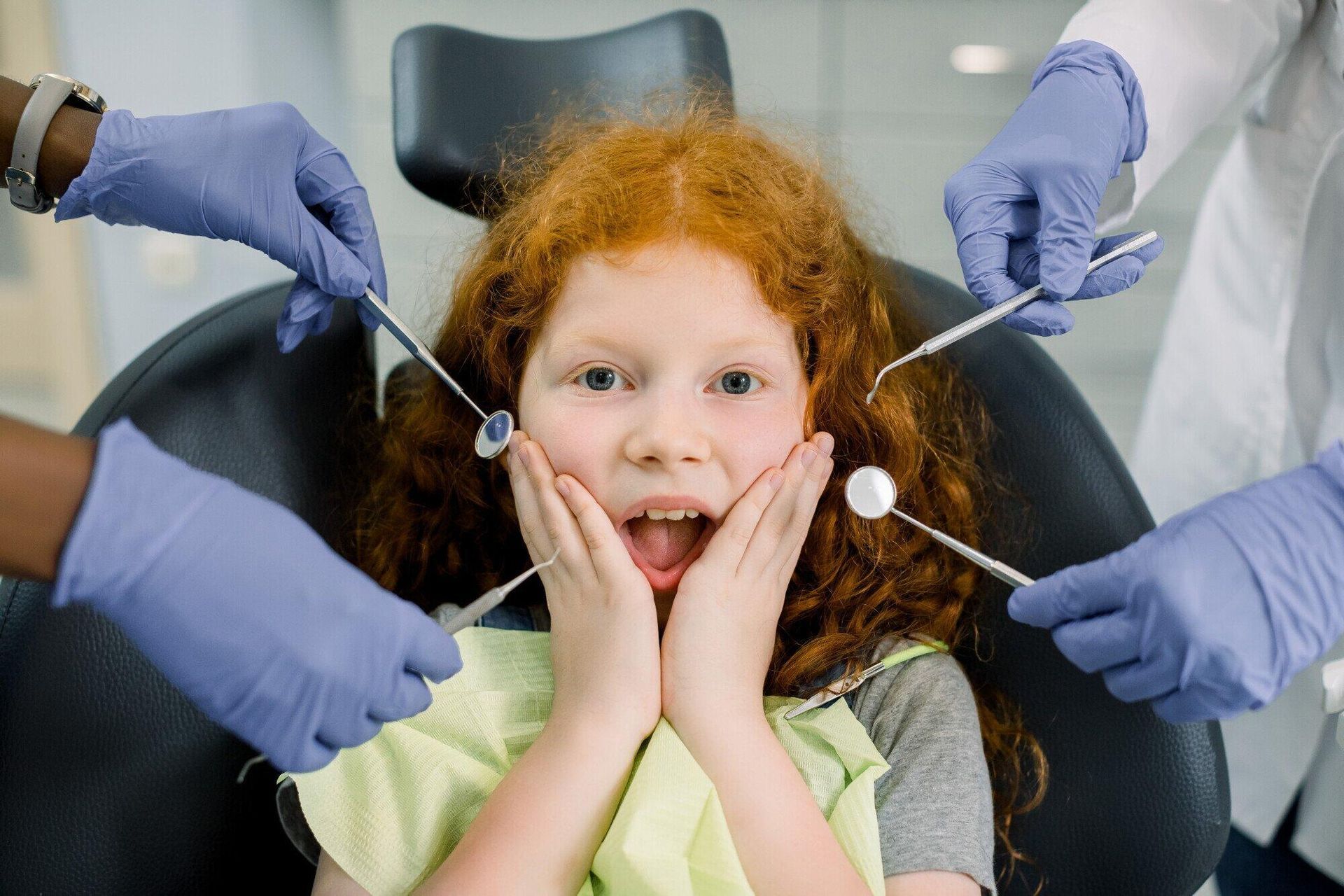
For Kids
For Adults
All Rights Reserved | Dentistry 4 Children | Bay Area Dental Specialists
Website designed and maintained by Xpress, INC




